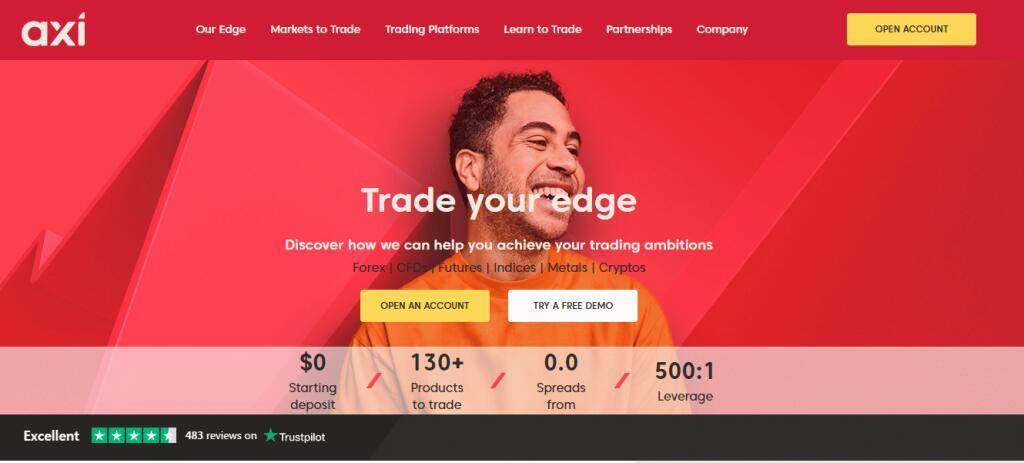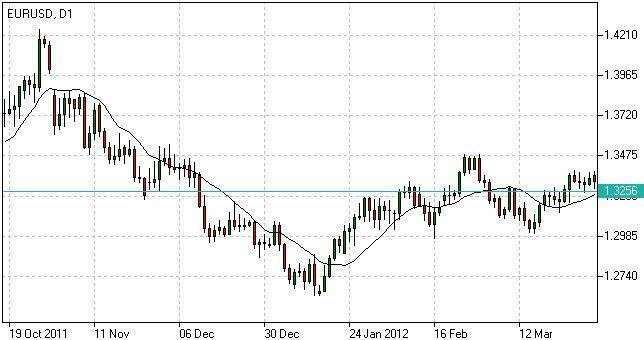
The call price has the effect of limiting how high the market value of preferred stock will rise. The stock agreement (indenture) states that the stock is callable by the corporation after three years at $109 per share plus any accrued interest. If in the fourth year, market rates decline to say 7%, the corporation can call in the preferred stock by paying the call price of $109 plus any accrued interest.
Form FWP MORGAN STANLEY Filed by: MORGAN STANLEY – StreetInsider.com
Form FWP MORGAN STANLEY Filed by: MORGAN STANLEY.
Posted: Wed, 09 Aug 2023 16:17:52 GMT [source]
Investors buy preferred stock to bolster their income and also get certain tax benefits. Callable bonds show the same pattern as noncallable bonds as yield increases because it is less likely for issuers to redeem when the market rate goes up. However, when the market rate goes down, the possibility of redemption raises, which makes it riskier to bondholders. When the market rate drops, the issuer must continue to pay the higher original interest according to the contract, which leads to a higher cost of financing.
Interest rates and callable bonds
Thomas J Catalano is a CFP and Registered Investment Adviser with the state of South Carolina, where he launched his own financial advisory firm in 2018. Thomas’ experience gives him expertise in a variety of areas including investments, retirement, insurance, and financial planning. Preferred stocks aren’t quite stocks (at least not in the sense most people think of them), and they aren’t quite bonds. The new shares traded temporarily on the OTC under symbol APOAP, before moving to permanent symbol APO-A on the New York Stock Exchange.
Suppose a company had initially issued shares at a dividend rate of 9%, and later there is a decline in the interest rates. In that case, the company can recall all these shares and issue new ones at a lower dividend rate, such as 6%. When the interest rates rise, the company does not buy the shares back but continues to pay dividends at a rate lower than the interest rates. Investors also earn profits when a company buys the shares since the call price is higher than the issue price. The issue price, or share price, refers to the value of each stock when the company is issuing them.
However, unlike common stocks, preferred stocks do not allow investors to vote to make decisions. High interest rates lower their value, while low interest rates raise their value. If you choose to invest in preferred shares, consider your overall portfolio goals. Preferred shares come with high dividend payments but limited growth potential, and they might be called back by a company with little or no notice. While preferred shares offer more dividend security than common stocks, dividends still are not guaranteed. The issuers of callable preferred shares can buy back the shares when they have the opportunity to reissue shares at a lower dividend rate.
How does Callable Preferred Stock work?
Since the investor cannot stop the company from buying these shares back, they have a substantial risk for the investor. As per the call provision, GreenEnergy Solutions pays you the call price of $105 to redeem each share of preferred stock before the indefinite dividend payment period. Callable bonds typically pay a higher coupon or interest rate to investors than non-callable bonds. Should the market interest rate fall lower than the rate being paid to the bondholders, the business may call the note. This flexibility is usually more favorable for the business than using bank-based lending.

Callable shares ensure the company can limit its maximum liability to preferred shareholders. If the company’s common stock doubles in value, the preferred stock isn’t likely to do the same. Preferred stocks are an interesting type of security with many qualities of fixed-income investments, but they aren’t the same thing as bonds. Although they have characteristics of bonds, they also trade on major exchanges like common stocks. Preferred stocks can be traded on the secondary market just like common stock.
Terms Similar to Callable Stock
An investor purchases $10,000 worth and receives coupon payments of 6% x $10,000 or $600 annually. Three years after issuance, the interest rates fall to 4%, and the issuer calls the bond. The bondholder must turn in the bond to get back the principal, and no further interest is paid.
Form 424B2 HSBC USA INC /MD/ – StreetInsider.com
Form 424B2 HSBC USA INC /MD/.
Posted: Tue, 05 Sep 2023 15:18:07 GMT [source]
They allow the issuers to buy back the issued security at a specified price in the event of a change in the market price or interest rate. Thus, callable securities enable issuers to protect themselves from increasing interest rates. journal entry for depreciation The callable feature allows the corporation to get out of the preferred stock agreement requiring it to pay the $9 per share dividend. In turn, the stockholders will be deprived of receiving the $9 dividend in a 7% market.
New offering summaries:
Investors should consider the credit ratings of callable preferred stocks to gauge the issuer’s creditworthiness and the investment’s overall risk. Dividends on callable preferred stocks can be cumulative or non-cumulative. Cumulative dividends accrue if the company misses a dividend payment, while non-cumulative dividends do not accrue if a payment is missed.
The call protection period is the time between the issuance of the callable preferred stock and the first call date. During this period, the issuer cannot exercise its call option, providing investors with a degree of protection. Companies issue callable preferred stocks for various reasons, such as raising capital with flexibility, lowering financing costs, and managing their equity structure more efficiently. An investor owning a callable preferred stock has the benefits of a steady return.
The price of the bond drops with an increase in yield and raises with a decrease. The change in price is more sensitive to a decrease than an increase in yield. Therefore, a call premium must be paid by the issuers to compensate bondholders.
However, there are some companies in other sectors that issue preferred stock as well. If a share of preferred stock has a par value of $100 and pays annual dividends of $5 per share, the dividend yield would be 5%. A company might recall and reissue a preferred stock to reduce the dividend payment to match current interest rates.
These are stocks that appreciate or depreciate, pay dividends, and allow investors to vote. However, there are other types of stocks known as preferred stocks that they can purchase. Preferred stocks are the shares for which investors receive dividends https://online-accounting.net/ before those with common shares receive their dividends. An example is callable preferred stocks, which are shares that a company sells to investors but retains the right to buy them back at a predetermined price and date or thereafter.
Sinking fund redemption requires the issuer to adhere to a set schedule while redeeming a portion or all of its debt. On specified dates, the company will remit a portion of the bond to bondholders. A sinking fund helps the company save money over time and avoid a large lump-sum payment at maturity. A sinking fund has bonds issued whereby some of them are callable for the company to pay off its debt early.
- Although investors benefit from high dividend rates, they also bear significant risks.
- If you opt for callable bonds, consider how you’d reinvest your money if interest rates drop and your bonds are redeemed.
- Before purchasing preferred shares, consider if you’re OK with missing dividend payments and recognize with noncumulative dividends, you might not receive any dividends at all.
- Callable stock is an ownership interest (shares) in a corporation that can be «called in» by the corporation at a specified price.
- Participatory preference shares provide an additional profit guarantee to shareholders.
- However, if the preferred issue is called by the issuer, the investor will most likely be faced with the prospect of reinvesting the proceeds at a lower dividend or interest rate.
Callable preferred stocks work by allowing the issuing company to purchase them based on the terms specified in the prospectus. Businesses issue these types of shares as a way of raising financing rather than taking loans or giving up a part of the company. The terms under which callable preferred stocks are issued are specified in the prospectus when the company is being formed. The company retains the right to buy these shares while the investor is only obligated to sell.
Preferred stock usually involves the payment of a predetermined amount of interest to the holders of the stock, such as 8% interest, to be paid at the end of each year. An issuer may not want to pay this interest in perpetuity, especially if the interest rate paid is substantially above the market interest rate. Therefore, it includes the callable stock feature in the stock agreement so that it can buy the stock back, thereby eliminating its obligation to continue paying the high interest rate. A typical call feature states that an issuer can buy back preferred stock at a specific price point, plus any accrued interest that the stockholder has earned since the last interest payment date. Preferred stock is often described as a hybrid security that has features of both common stock and bonds. It combines the stable and consistent income payments of bonds with the equity ownership advantages of common stock, including the potential for the shares to rise in value over time.